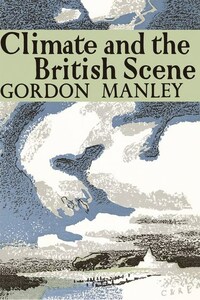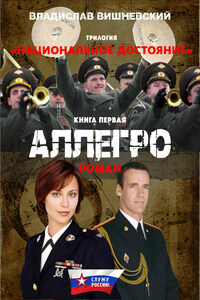Collins New Naturalist Library
22
Climate and the British Scene
Gordon Manlet
JOHN GILMOUR, M.A., V.M.H.
SIR JULIAN HUXLEY, M.A., D.Sc., F.R.S.
MARGARET DAVIES, M.A., Ph.D.
KENNETH MELLANBY, C.B.E., Sc.D.
PHOTOGRAPHIC EDITOR:
ERIC HOSKING, F.R.P.S.
The aim of this series is to interest the general reader in the wild life of Britain by recapturing the inquiring spirit of the old naturalists. The Editors believe that the natural pride of the British public in the native fauna and flora, to which must be added concern for their conservation, is best fostered by maintaining a high standard of accuracy combined with clarity of exposition in presenting the results of modern scientific research. The plants and animals are described in relation to their homes and habitats and are portrayed in the full beauty of their natural colours, by the latest methods of colour photography and reproduction.
âOur Trimmer is far from Idolatry in other things, in one thing only he cometh near it, his Country is in some degree his Idol; he doth not worship the Sun, because it is not peculiar to us, it rambles round the world, and is less kind to us than to others; but for the Earth of England, though perhaps inferior to that of many places abroad, to him there is Divinity in it, and he would rather die than see a spire of English Grass trampled down by a Foreign Trespasser.â
GEORGE SAVILLE, MARQUESS OF HALIFAX in The Character of a Trimmer, from Miscellanies, London, 1704
âThe southern artist has nothing to teach him of colour, everything to remind him of form â¦â¦ for us a single landscape varies every minute of the day in drifting colour; to the dwellers in the lands of fierce sunlight it is colourless, and its form is as immutable as the rocks of which it is made.â
S. C. KAINES SMITH, in Looking at Pictures, Methuen, 1921 quoted by Cicely M. Botley in the Quarterly Journal Roy. Met. S., 1931

IF A CENSUS were taken of common topics of conversation amongst British people it is very probable that the weather would take first place. So much do its vagaries enter into everyday life of the people that the weekend activities of millions may be directly determined by the conditions of the moment. Twice daily at least, through the British Broadcasting Corporation, the Meteorological Office informs our fifty million people of their probable weather fate for the next 24 hours. Whilst the emphasis would thus seem to be on the variability of British weather and it has facetiously been said that Britain has no climate, only a succession of weather, in actual fact British climate is the most dependable in the world. November fogs, March winds, April showers may vary in intensity but those tremendous variations from year to year or fierce climatic featuresâthe prolonged droughts, the delays in the âcoming of the rainsâ, the destructive tornadoes, the violent cloudbursts, the destructive hailstorms, the abnormal snowfalls so common in other parts of the worldâare scarcely to be understood by those accustomed to the even rhythm of British climate.
Realizing the fundamental influence of climate on every aspect of the natural history, ecology and scenery of Britain the Editors of the New Naturalist early planned for a volume in the Series which would deal with the almost untrodden no-manâs-land between the field of the professional meteorologist and climatologist on the one hand and the naturalist on the other. Just as it is a matter of extreme difficulty to catch the fleeting moods of the weather in the camera, so is it difficult to convey the subtleties of the influence of those moods on the life of plants, animals and man. We believe Professor Gordon Manley has succeeded in his difficult task as no one else could have done. A Past President of the Royal Meteorological Society as well as Buchan Prizeman and Symons Lecturer there is no doubt as to his standing as a meteorologist. As Professor of Geography in the University of London at Bedford College he is concerned with the application of these specialist studies in wider fields just as he saw their application in other spheres as a wartime officer of the Cambridge University Air Squadron. Yet we can also picture him in his little observation hut on the highest Pennine ridge of Crossfell, personally experiencing the worst of the weather conditions of which he writes, just as we can see him deep in his study chair seeking with glee from long forgotten volumes those delightful references to climate which enrich this book. We are confident that this volume will give as much pleasure to many thousands of readers as it has to us.








